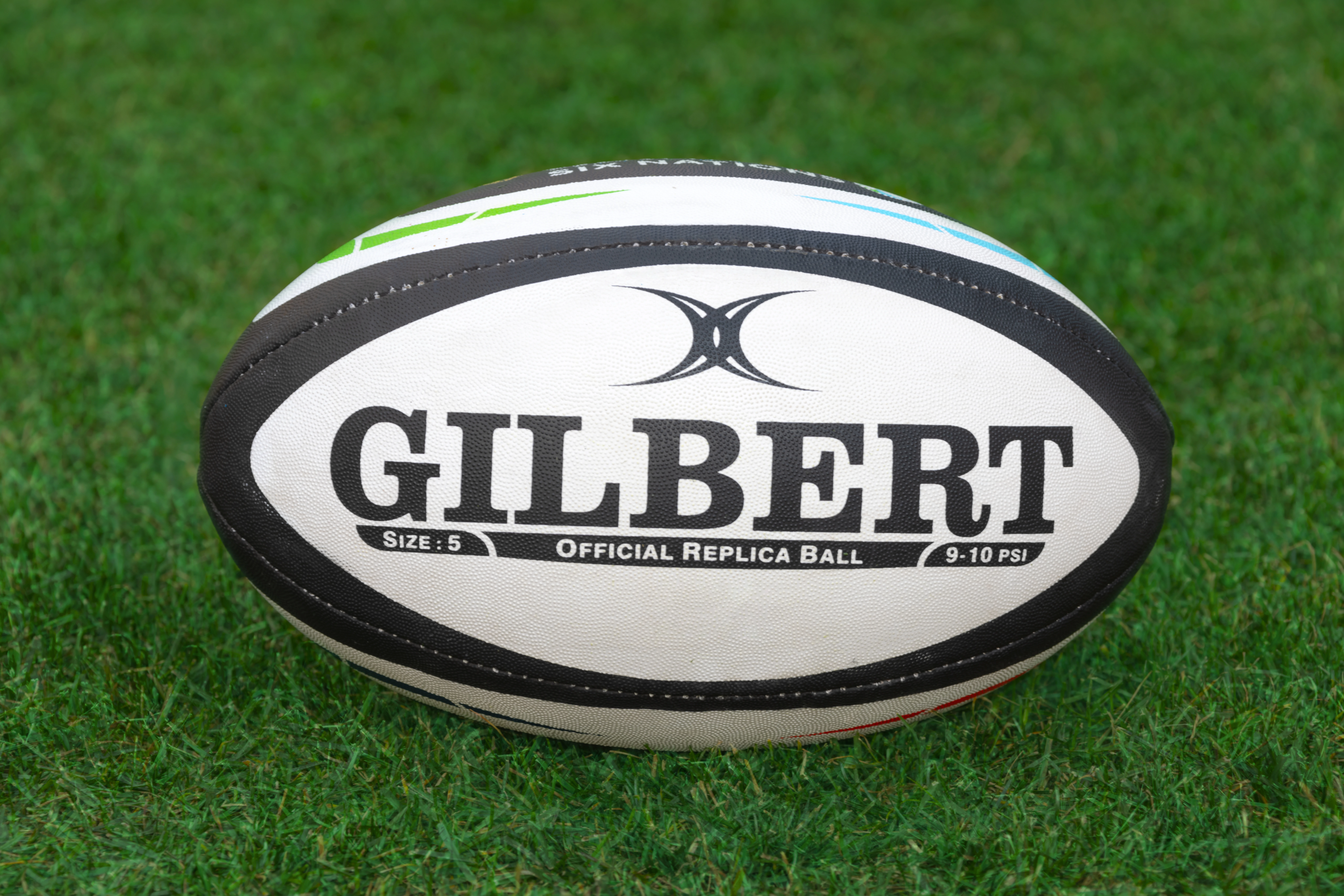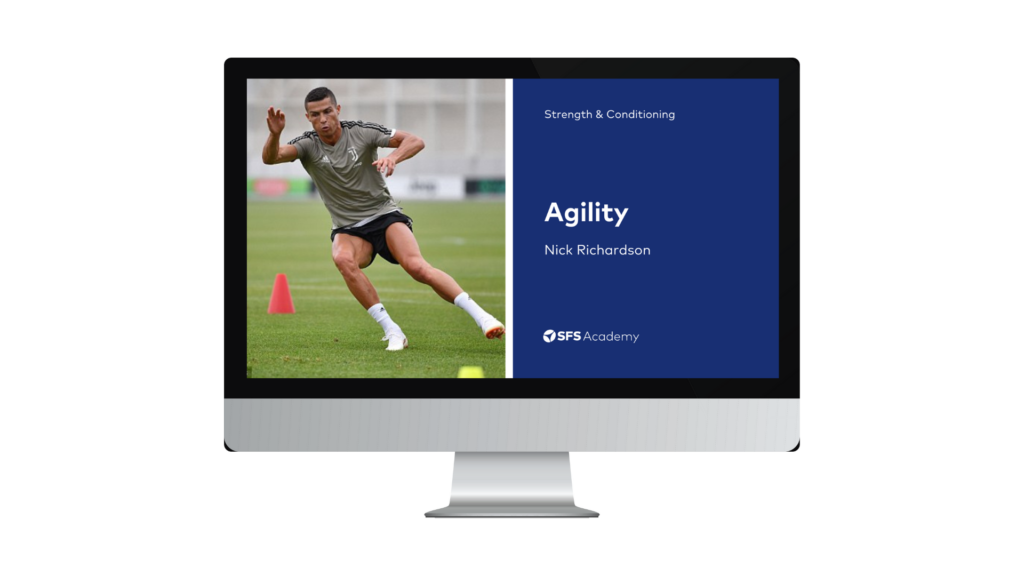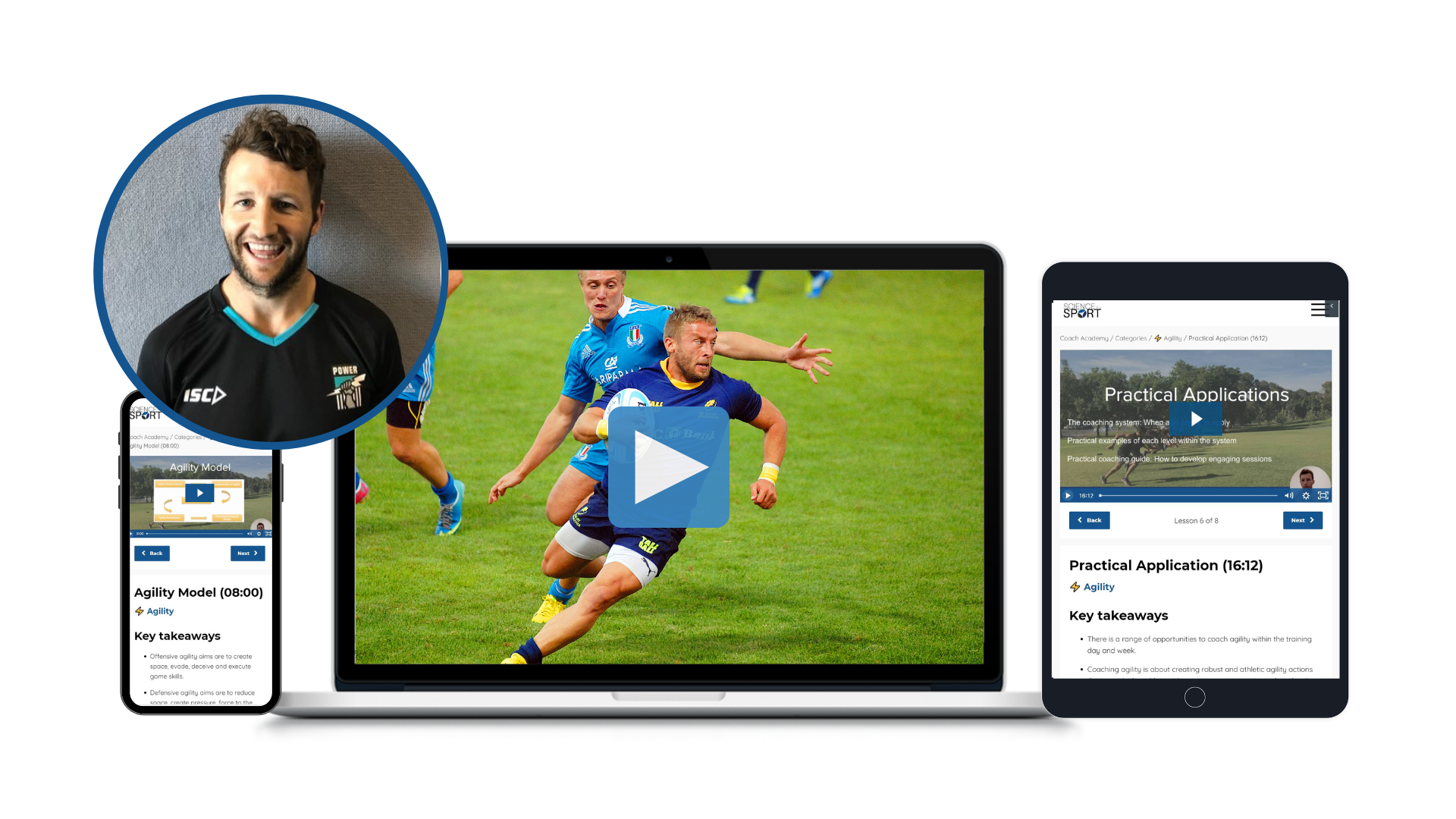About this Episode
In episode 140, Tom Watkins, High Performance Manager at Fiji Rugby League, joins us.
Specifically Tom will be looking at:
- Demands of tournament rugby
- How to manage players arriving from various clubs
- In tournament gym sessions
- Week planning
Have you ever wondered how elite teams prepare physically for highly demanding long-duration tournaments? I for one love hearing the secrets which drive success for elite-level teams.
That’s why we asked Tom Watkins to join us on the Science for Sport Podcast.
Watkins is the high-performance manager of the Fiji Rugby League team, who made it to the quarter-finals of the recent rugby league World Cup. He is also the Head of Performance at Athletes Authority, one of Australia’s leading athletic development facilities.
With a wealth of experience to his name, we wanted to hear how he helps the physical mountains that are Fijian rugby league players to perform optimally.
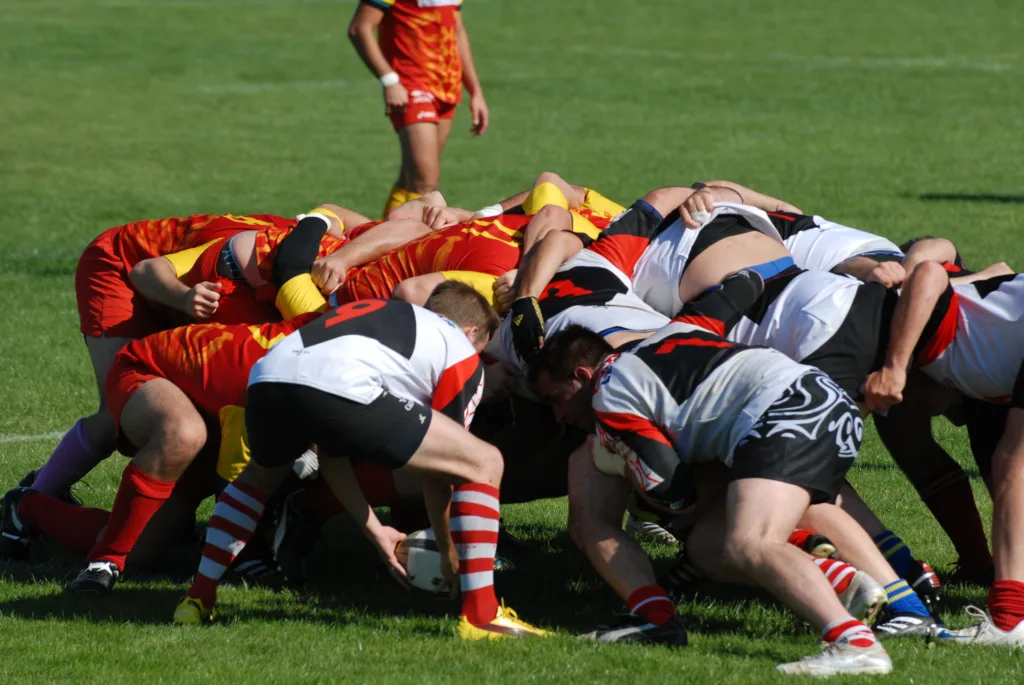
Firstly we need to look at what rugby league players need during a match, as this is different from many other sports, including rugby union.
Obviously, rugby is known for massive hits and the necessity to have super-human strength, but rugby league is more than just smashing into massive blokes.
“They need to be able to compete over a ninety-minute period. So obviously they need to have some sort of a rugby capacity and base,” Watkins said.
Next to this massive aerobic capacity, they’ll also need upper-echelon repeated sprint ability.
“It’s really being able to repeat high-intensity efforts or those anaerobic efforts over and over again in the moments that matter,” Watkins said.
That means that when designing a program, they need a diverse range of physiological adaptations which allow them to perform optimally throughout the tournament.
“They sort of need a bit of everything, but really a strength and power game underpinned by some aerobic really aerobic capacity and then the ability to repeat high-speed efforts,” Watkins said.
So how do they develop that strength and power? Watkins generously shared some key methods he used to keep things simple, but also allow the players to produce massive power outputs.
“So from a power development standpoint, we looked at doing some contrast stuff. We got the guys that could and had experience power cleaning and then we’d paired that up with a standing broad jump where they could really express a lot of force into the ground,” Watkins said.
Watkins also mentioned that the power clean was often switched for a loaded jump if the athletes in question could not perform Olympic lifts.
“Then obviously we went into our key lift, where we would squat, with some kind of vertical vector jump to kind of pair that up nicely,” Watkins said.
Obviously, these athletes need some serious upper-body strength and power too, again, Watkins has us covered.
“From there an upper body perspective, bench press contrasted with some supine med ball throws, where we really encouraged a partner drop so they could load and explode and utilise that stress shortening cycle,” Watkins said.
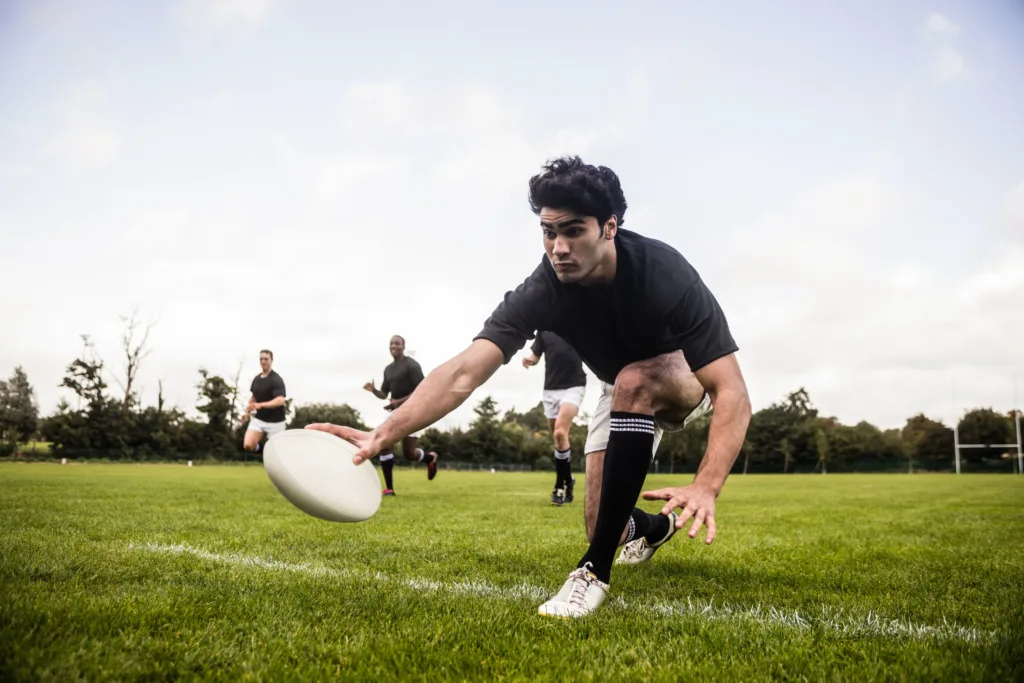
So as you can see, the focus was on big bang-for-your-buck exercises, using contrast training to elicit a potentiation effect and therefore further improve outputs.
But how was this combined with the important aerobic and anaerobic adaptations Watkins mentioned earlier?
Well, Watkins gives us the low-down on exactly how he structures a training week so that the players are match-ready. So if you want to know exactly how he planned the training week, fitting together this incredibly complex puzzle, hit the link below to listen to the full podcast!
